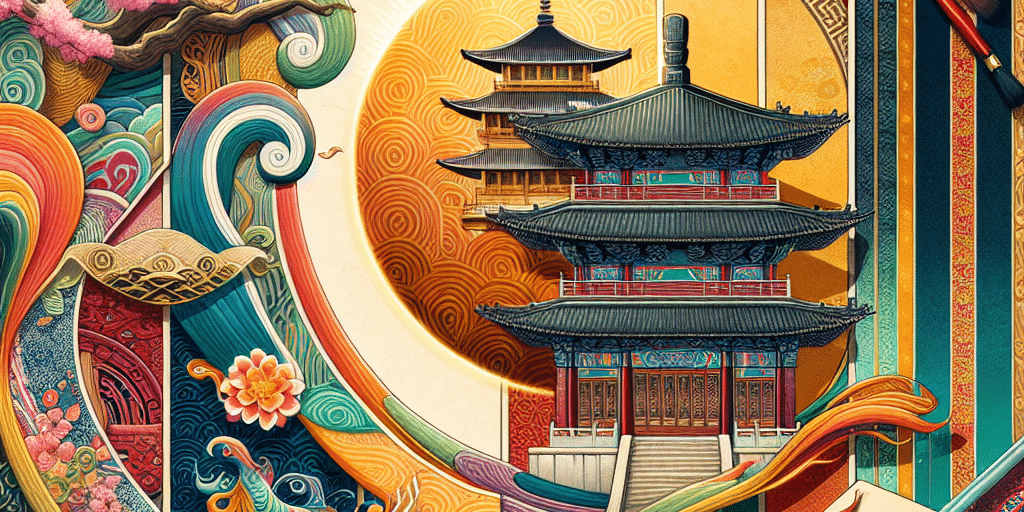Celebrating the Rich Cultural Heritage of Asian Artists
In recent decades, the global art scene has witnessed a burgeoning recognition of Asian artists, who bring to the canvas a rich tapestry of history, culture, and contemporary thought. This celebration of Asian artistry is not merely about acknowledging the diverse talent emanating from a vast continent but also understanding the intricate layers of cultural heritage that inform these artists’ unique perspectives and narratives.
Historical Context
Asian art, with its multifaceted history, has long been a cornerstone of the world’s artistic legacy. From the intricately crafted terracotta warriors of ancient China to the delicate ukiyo-e woodblock prints of Japan, Asian art provides a vast array of styles and mediums. The use of materials such as silk, jade, and rice paper, combined with techniques like calligraphy and ink wash painting, showcase the ingenuity and creativity that have been honed over millennia.
The cultural heritage of Asian artists is deeply embedded in their work. Many contemporary artists draw on traditional art forms and infuse them with modern sensibilities. This amalgamation of old and new not only preserves traditional techniques but also makes them accessible to a global audience unfamiliar with the region’s artistic history.
Contemporary Dynamism
In the modern art scene, Asian artists are gaining increasing prominence. Figures such as Yayoi Kusama with her vibrant polka dots and infinity installations, Ai Weiwei’s politically-charged sculptures and installations, and the ethereal architecture of Tadao Ando have earned international acclaim. These artists—and many others—illuminate a spectrum of experiences and issues ranging from identity and diaspora to political oppression and environmental concerns.
Yet, it’s not just established artists who are making waves. The digital age has democratized the art world, allowing emerging artists across Asia to share their unique stories and styles, such as mainland China’s burgeoning animation industry or South Korea’s distinctive webtoon artistry. This new wave of artists is redefining what it means to create and appreciate art in the 21st century.
Cultural Influence and Exchange
The influence of Asian cultural heritage extends beyond the realms of traditional and contemporary art. Artists from diverse Asian backgrounds often explore themes of migration, cultural displacement, and the fusion of Eastern and Western ideologies. For instance, the works of artists like Rina Banerjee and Kimsooja often delve into complex themes of identity and multiculturalism, illustrating how global movements have influenced personal and collective narratives.
Art festivals, biennales, and gallery exhibitions dedicated to Asian art, such as the Singapore Biennale and the Gwangju Biennale, have become pivotal in fostering cultural exchange and promoting understanding. They provide platforms for cross-cultural dialogues and showcase the vast heterogeneity within Asian art itself.
The Journey Forward
As we continue to celebrate the cultural heritage of Asian artists, it is essential to nurture environments that encourage freedom of expression and creativity. Supporting educational programs and initiatives that highlight the arts can provide younger generations with opportunities to explore and innovate within this rich cultural context.
Moreover, acknowledging and addressing the challenges Asian artists face, including market barriers, representation, and cultural appropriation, will be crucial in ensuring that the global art narrative remains inclusive and diverse.
In celebrating Asian art, we enrich our understanding of a significant and influential part of the world’s cultural heritage. As these artists continue to create, they not only reflect the complexities of the societies from which they emerge but also contribute to a global dialogue that celebrates our shared humanity.







